The background of the question is as follows - in the late 90s and early 2000s, I set myself the task of building my own DAC and high-level digital transport. The main result of all this activity was that I began to conduct experiments with various reclocking schemes and with generators on a variety of active elements. I was building a clock that was based on 74AC04U inverters, on mosfet, on ECL elements, on microwave low-noise transistors, and then I thought, why not build a master clock on a tube? The idea is quite sensible, because it is known that a tube can produce a sine wave of large amplitude, with low nonlinear distortion and noise. Will these properties of a tube generator come in handy when clocking an CD player? Is not a fact .
After surfing the Internet, I did not find a single mention of such a technical solution, but the thought that, if successful, I would receive the glory of a pioneer encouraged me. For some time I was tormented with different schemes, and soon the clock started working! The first thing I noticed was that the sound of the tube master was significantly different from all solid-state ones, which I had made a lot by that time, and it differed so much that it was not difficult to guess where the tube was working and where the stone was. Having played with different valves, I discovered an even more amazing thing - the character of the sound of the tubes, which I know from analog devices, was FULLY PRESERVED when using the same tubes in the clock generator! Indeed, shock .... How can this be? After all, a clock is just a clock that sets the rhythm of a digital device? The result is pure esotericism, like the sound of a LP turntable table motor power cable.
I reported on the intermediate achievements in 2006 at the old AML forum, but I did not even suspect how many interesting things lay ahead, and how much remains to be learned! Since there is no longer access to the old AML forum, I am giving here my first story about a tube clock.(I am sorry, it is too long and is posted in the Russian-language part of the site). It's funny, but at that time what was happening did not fit into my head, let alone the fact that it did not fit into the head of a technically prepared audience. "This cannot be, because it can never be!" Favorite argument of all skeptics
By adding an additional bias resistor to the circuit, I ensured that the clock began to generate even from a 9-12 volt battery. At the time of the fascination with batteries, this solution seemed to me very advantageous - the clock was powered directly from a lead-acid battery, without unnecessary rectifiers and stabilizers, providing outstanding tonal clarity and smooth sound. After going through the cheap Soviet tubes, I realized the need to go to the next step, the time has come for the pre-war telefunken ones. Since I continued to sacredly believe in jitter, low noise and other engineering bullshit, I chose from the pre-war EF14, as a pentode developed for the input stages of the first TV equipment. EF14 steady works with 12 volt power supply.
I saw the light - the gain in sound was so significant that the transition from 6S45P (surpassing EF14 in all parameters) to EF14 cannot be explained only from the standpoint of technical parameters by any noise and jitter. Esotericism began, as AML predicted.
I became thoughtful. If the materials the tube made of "play" first of all, if its individual voice, which is given to the tube( resistor, capacitor) from birth, is important, and not at all its parameters, then why not make a master clock using a direct-heated triode?
ᅠ
This insight was immediately materialized into the next model of a tube clock -on direct-heated PE134 telefunken of the early 30s. The very first comparative audition gives me two conclusions:
ᅠ
1.Battery power produces less expressive sound than traditional circuitry using vintage parts and tubes. (AC main electricity - power transformer- tube rectifier - choke)
2. The direct-heating triode from 1932 by a significant margin beat the EF14 of indirect heating, and, in this case, we go far beyond the scope of traditional engineering, since the "direct-heating" of the master oscillator is clearly audible, just as it is heard in an power amplifier.
The same increased fluidity-plasticity of sound, combined with dynamic freedom. But how, how does the character of the DHT triode penetrate all the digital circuits into the analog part of the system? No one will ever convince me that this is due to some kind of technically explainable sine wave changes. This is the same, inexplicable and "anomalous" in the framework of what we know, but, apparently, a completely common occurrence, because such is the nature of things.
I did not save foto of the first 6J52P clock for history, but the first EF14 clock has been preserved in my archives!
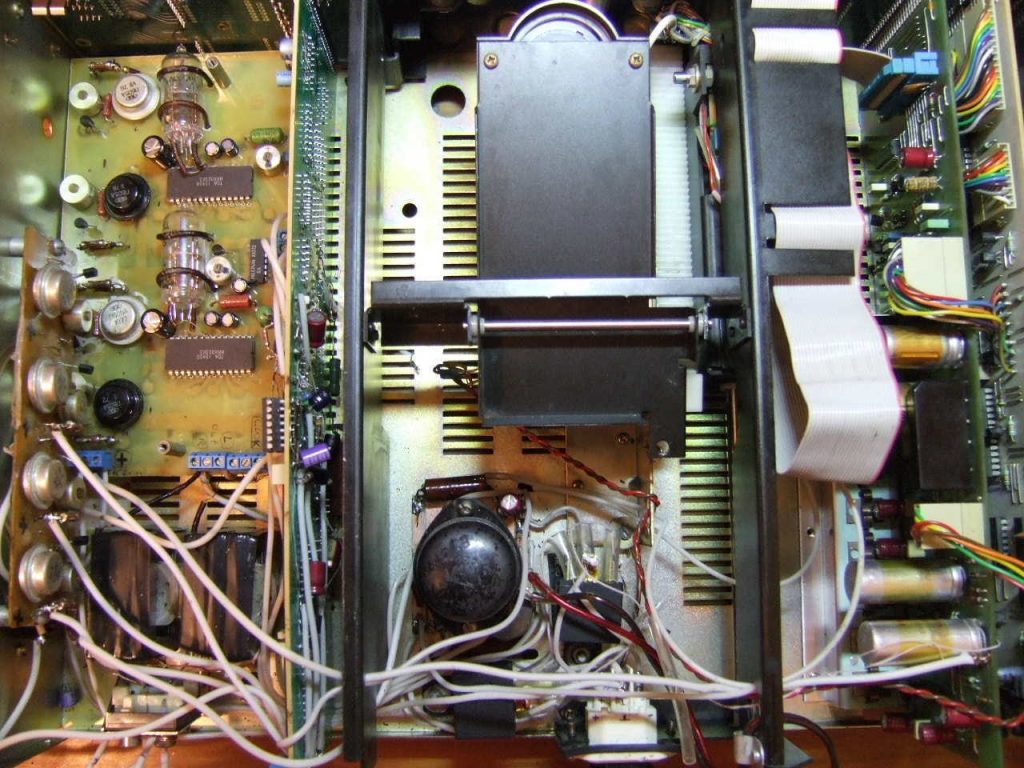
Everyone probably understands that I did not calm down on this either, and decided to climb higher
AD1 clock ... will it work? Yes!
As it turned out, almost any direct-heated output triodes can be made to work in the master clock - PE144 (tungsten cathode) and UO186 and PE604 and AD1 and RES241 worked here
As before, the sound signature of the tubes was heard remarkably and the master clocks on AD1 and PE604 turned out to be the most musical of all possible.
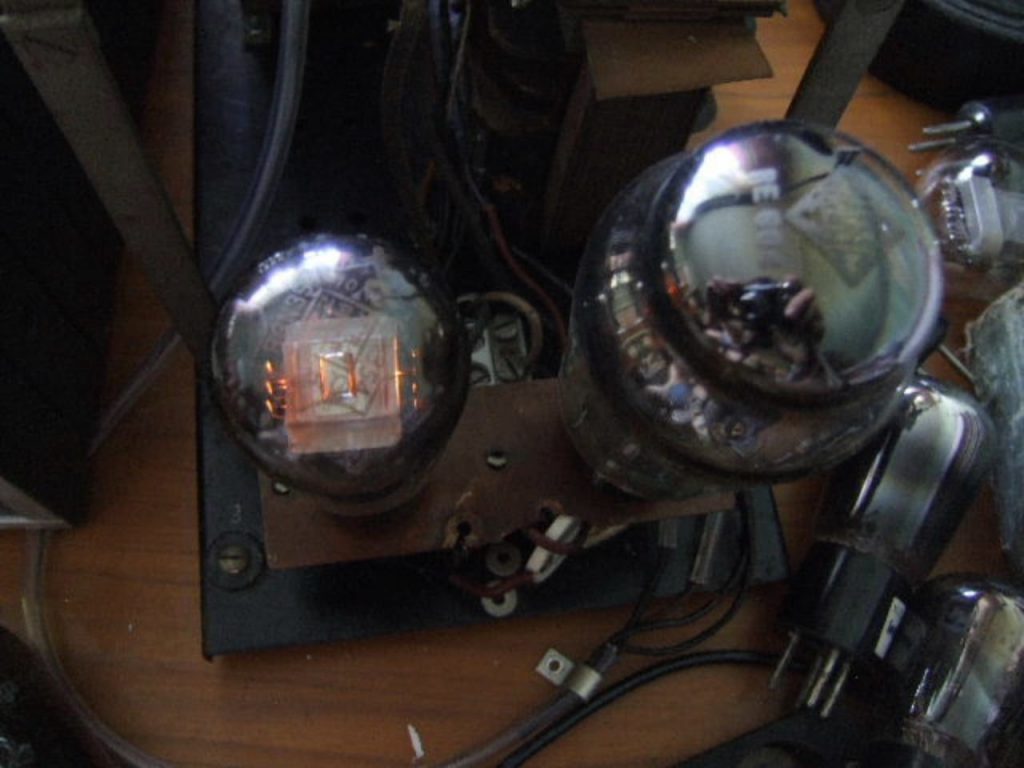
.
As it turned out, when switching from battery power to mains power, the rectifier element of the clock is audible as well as tje main valce, and sometimes even more clearly!
If you have intention to use RE134, for example, it is impossible paired this noble tube with ultra fast modern diode. Need to use RGN354
Best of all here work old kenotrons, single-anode, not mesh!
Mesh rectifiers sound less natural (in general, a tube clock is a great stand for testing valves and parts!)
Old selenium rectifiers sound a little worse than vacuum tubes. But, in general, selenium is great!
The best samples of selenium approach the tube rectifiers in subjective sound perception. Even ancient germanium is unable to beat selenium. Silicon has nothing to do here, regardless of whether it's ultra-fast or Schottky, everything modern plays equally aggressively and roughly.
ᅠ
ᅠ
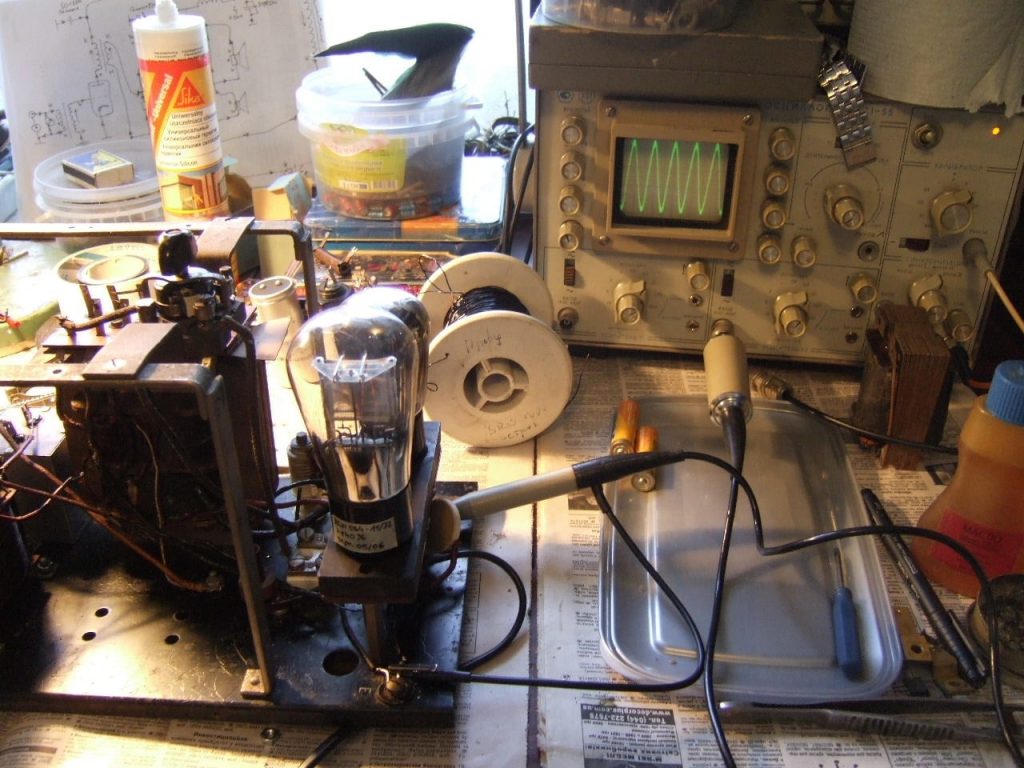
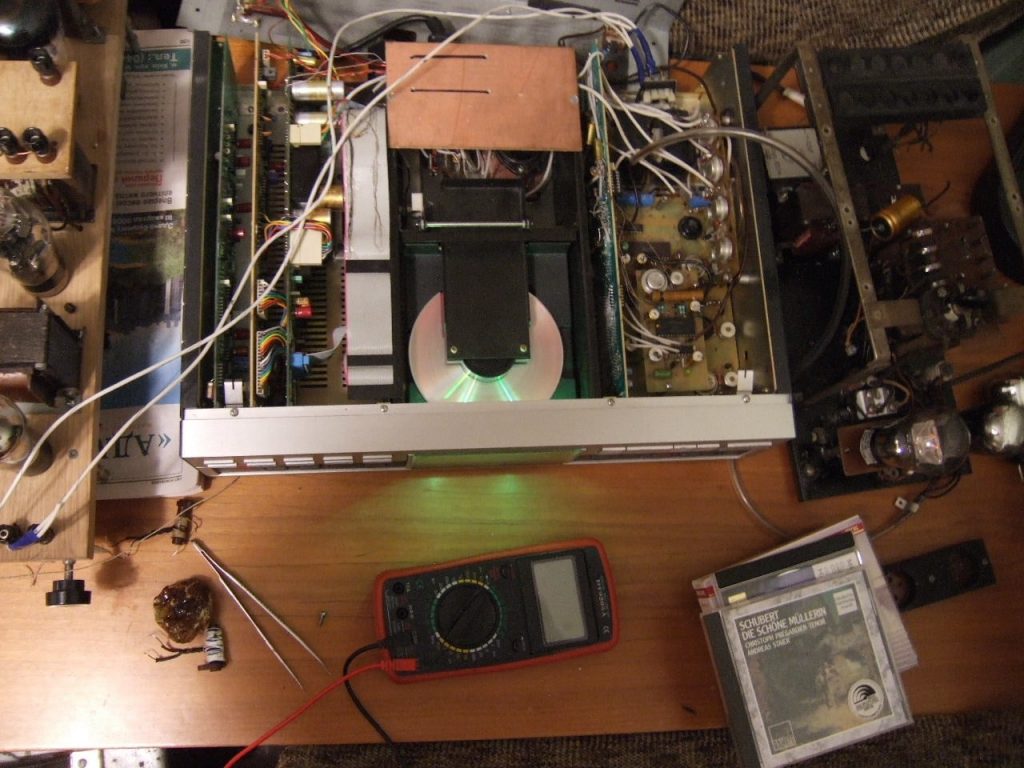
На фото немецкий селен конца 40-х,очень благозвучный.
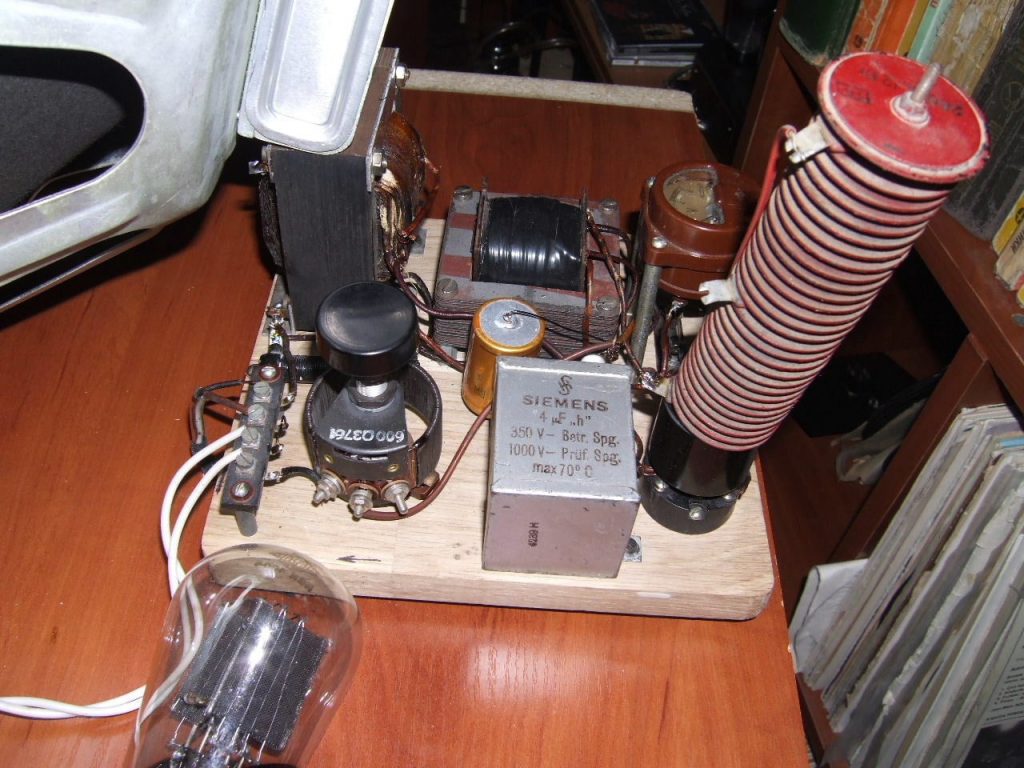
Различные ламповые клоки
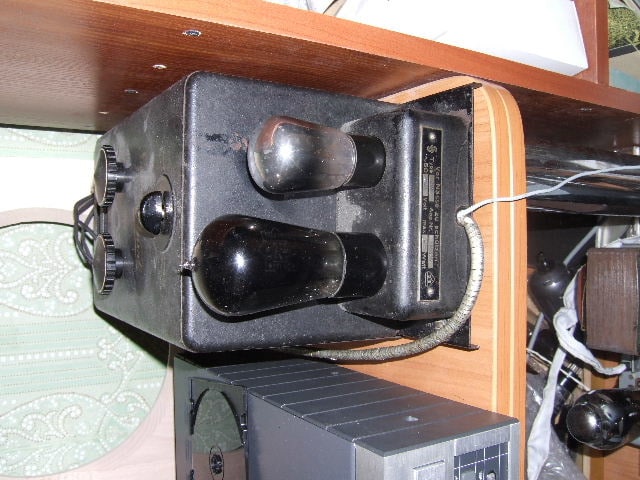
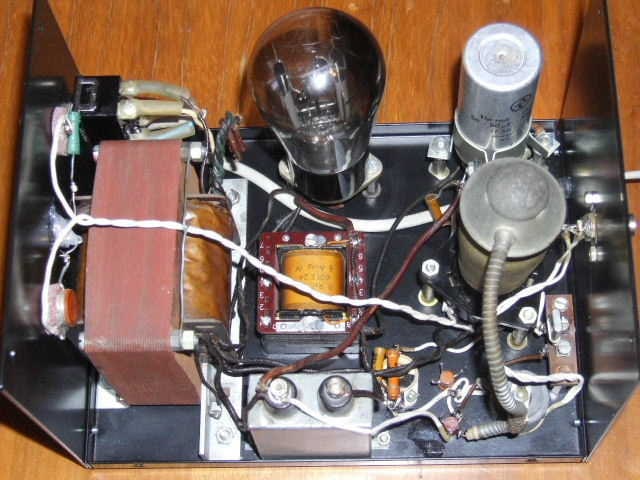
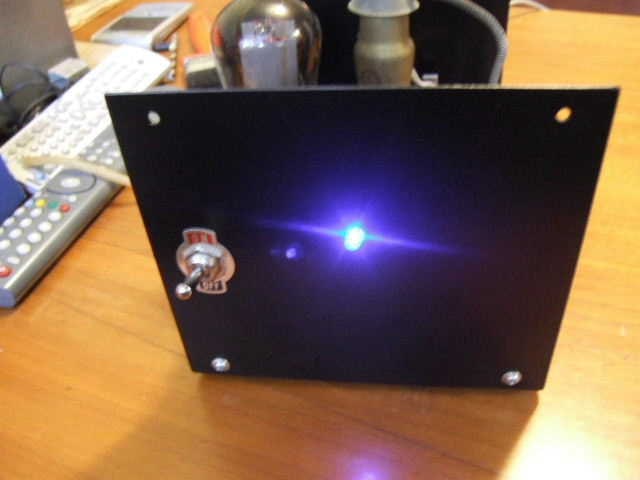
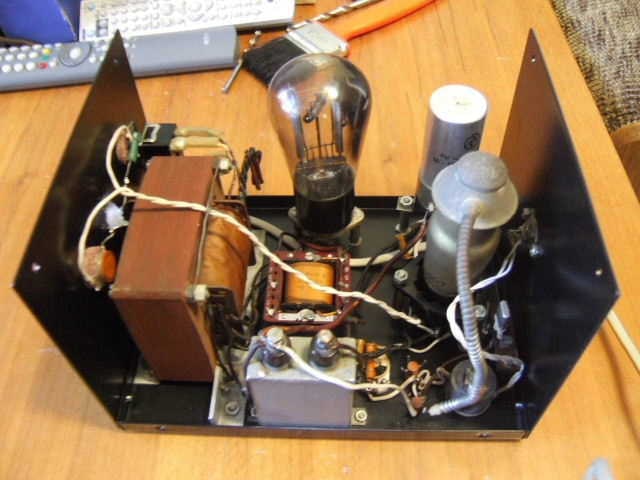
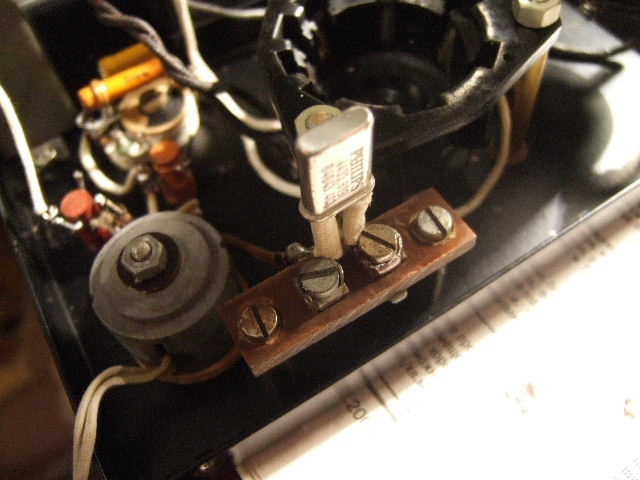
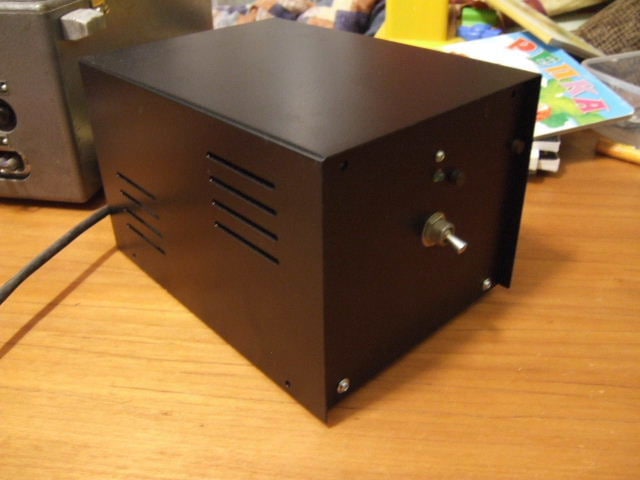
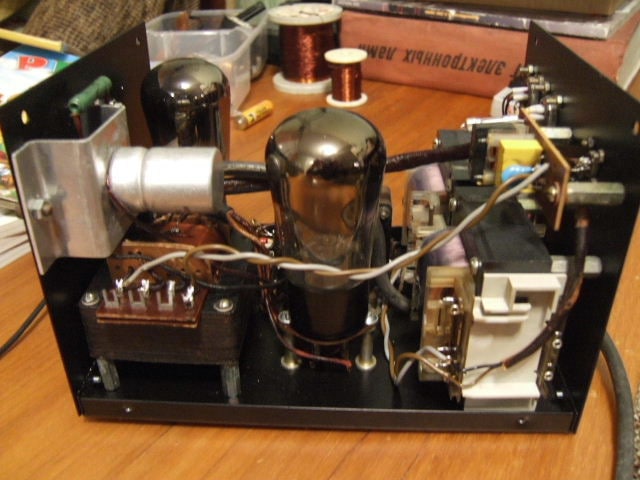
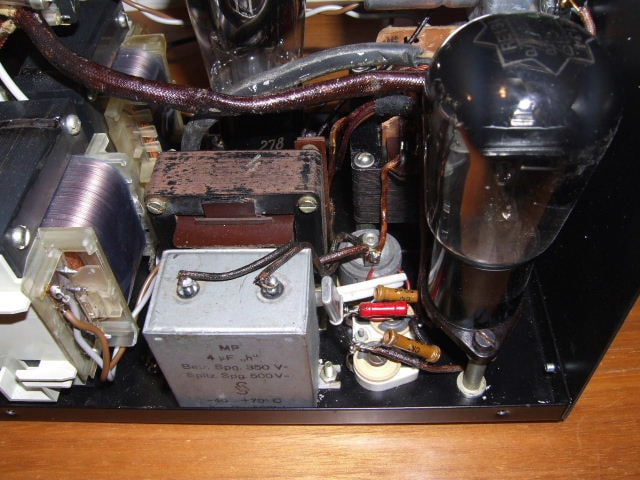
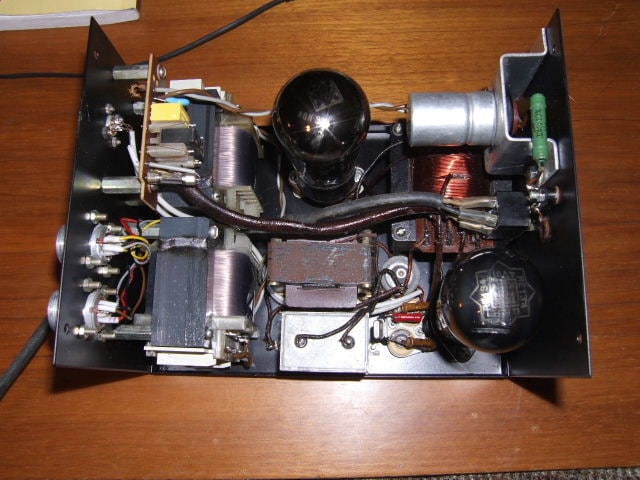

2 Responses
Hello — I heard for the first
Time your excellent tube DAC and loved it.
I also am fascinated by your tube clock (I have many RE604, AD1, and RS241 like you mentioned (I collect
Old Telefunken triodes and rectifiers).
Does your DAC benefit from adding the tube master Clock or this is not necessary? Can any directly heated triodes like these be added to your 2.4 DAC as a custom modification?
Thank you,
Grant Gassman
Hi! Please contact us abbasaudio.com/contacts to get more details, also visit Abbasaudio.com/productlist